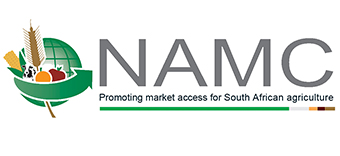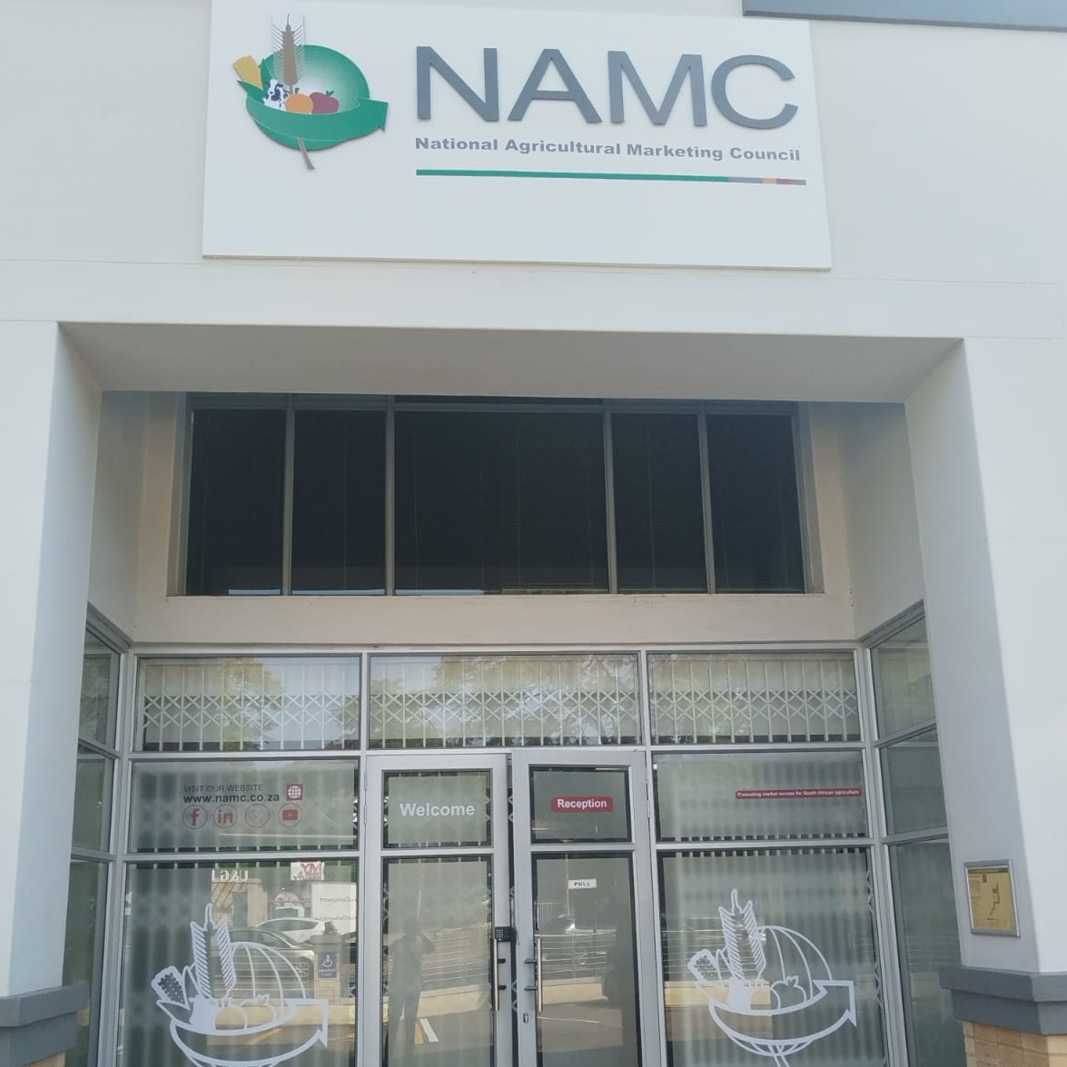2019 Citrus baseline Report
Meet a typical smallholder citrus farmer in South Africa
A typical smallholder citrus farmer is a male aged 42 years with a tertiary education. He uses between 2 to 600 hectares of land but does not have ownership. He sells his produce to various marketing channels including the informal market, institutional market, fresh produce market, supermarket and the export market. He sells a largest quantity of his produce (average 19 876 cartons) to the supermarket, compared to 18 896 cartons that goes into the export market. Notably, he is beaten by his female counterpart who sells an average 40 155 cartons into the export market, followed by 17 296 cartons that go into the institutional market. As such he earns R2, 8 million from the export market compared to R6 million earned by his female counterpart. He has a contract with his markets and occasionally sells in the spot markets. In the markets where he has contracts he gets paid after 7 days or more, while he gets paid immediately in the spot market. Although he mainly sells under contract, he remains a price-taker. He has a high rating for the safety, accessibility, convenience and flexibility of his markets. But, he has the lowest rating for fairness of his markets and attributes it to the lack of transparency about grading of his produce in the pack house, which is mainly a privately-owned facility. He has access to but does not own the marketing infrastructure. He has received some training about marketing of his produce. He is aware and complies with some market requirements such as the SAGap, GlobalGap and SIZA.
Download: SMAT Baseline Report
SMAT Policy Brief
This policy brief recommends that the Citrus Growers’ Association, the Citrus Growers’ Association Development Company and the Citrus Industry Trust should join hands to attend to awareness programmes, particularly about the marketing processes along the citrus value chain. In addition, the industry should unlock the transparency between the markets, farmers and export agents to allow for the backward and forward flow of information. On one hand, this will enable farmers to plan better and produce better quality. On the other hand, the markets will receive quality produce that is best aligned to particular market requirements for greater value.
Download: SMAT Policy Brief
2020 Poultry baseline report
Report will be available soon



